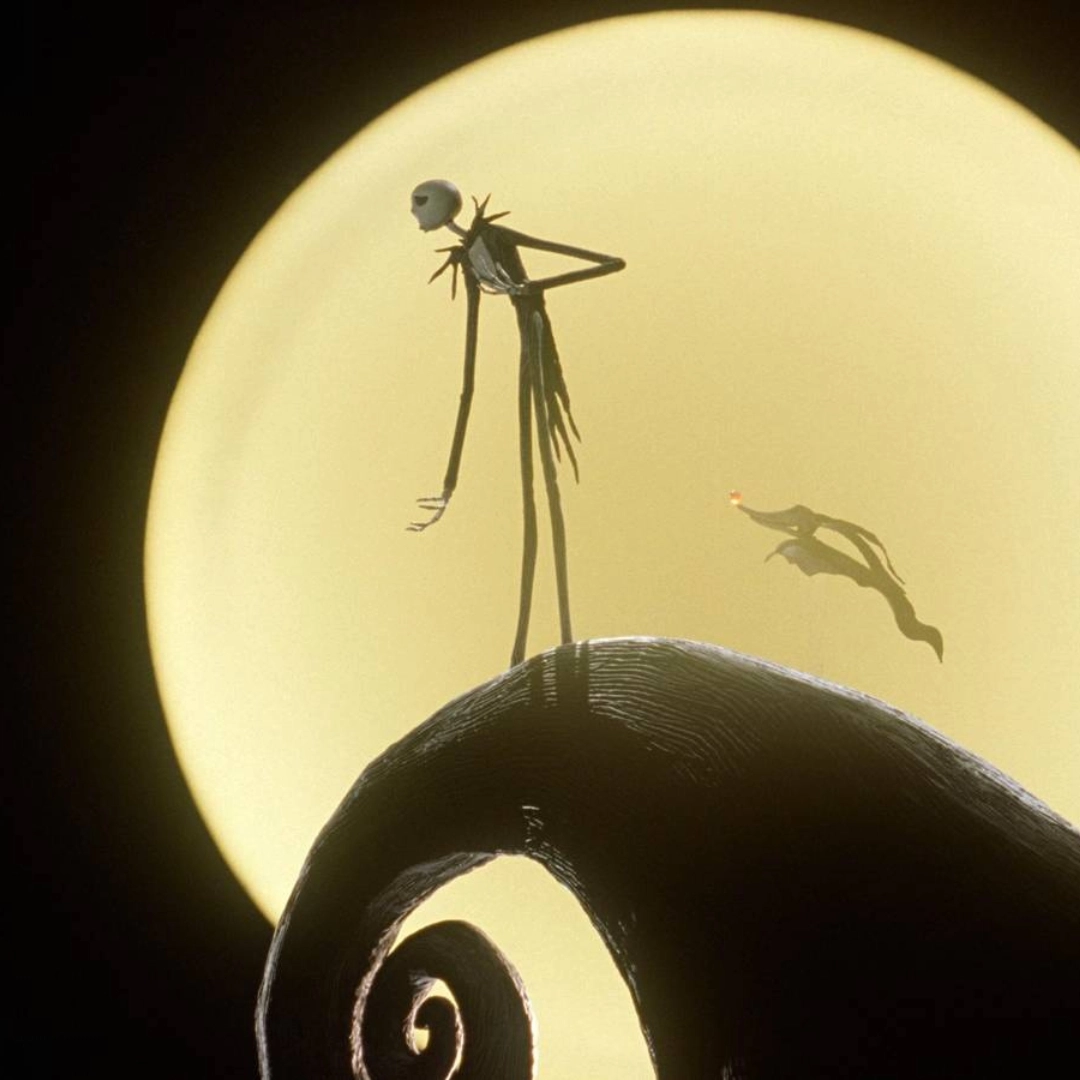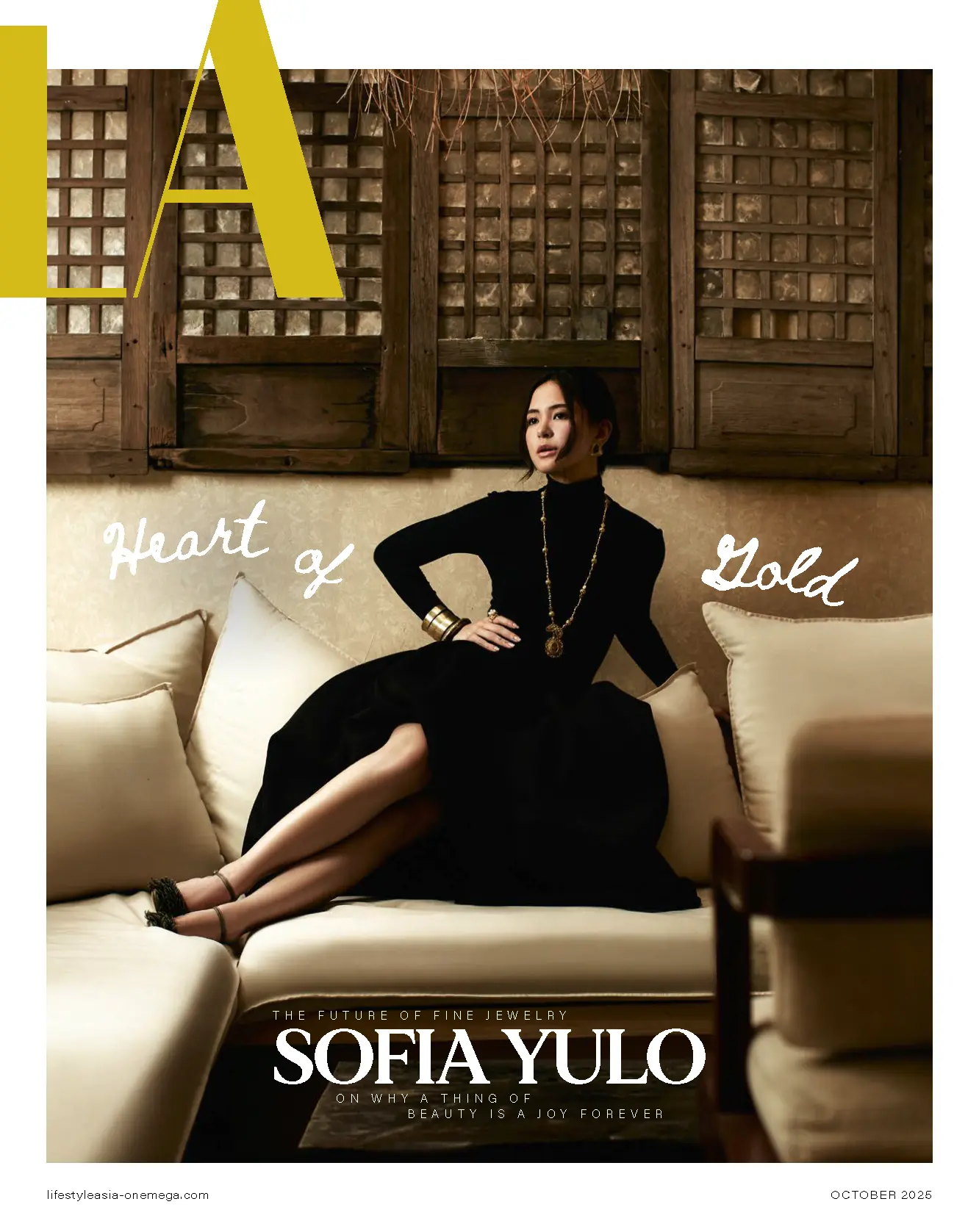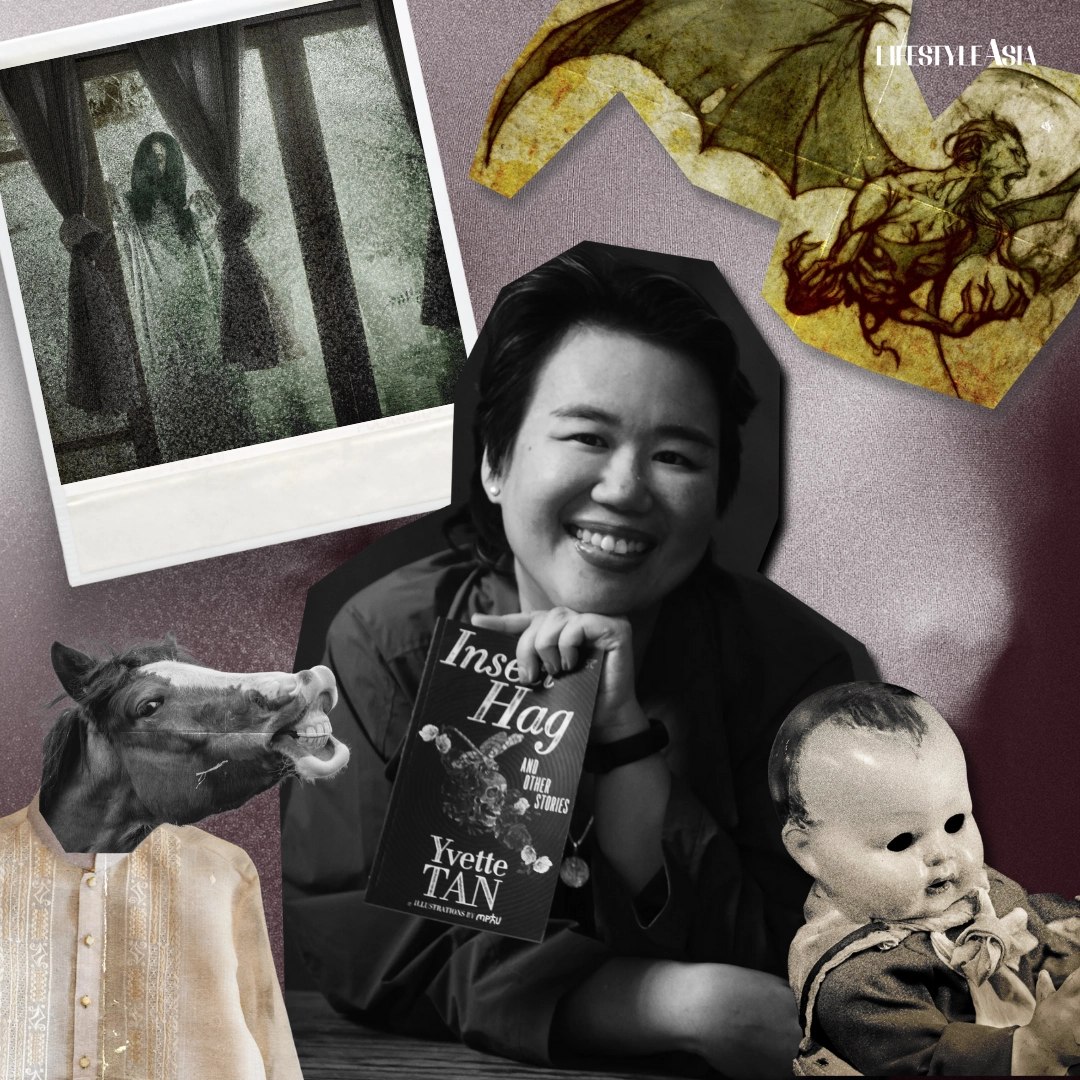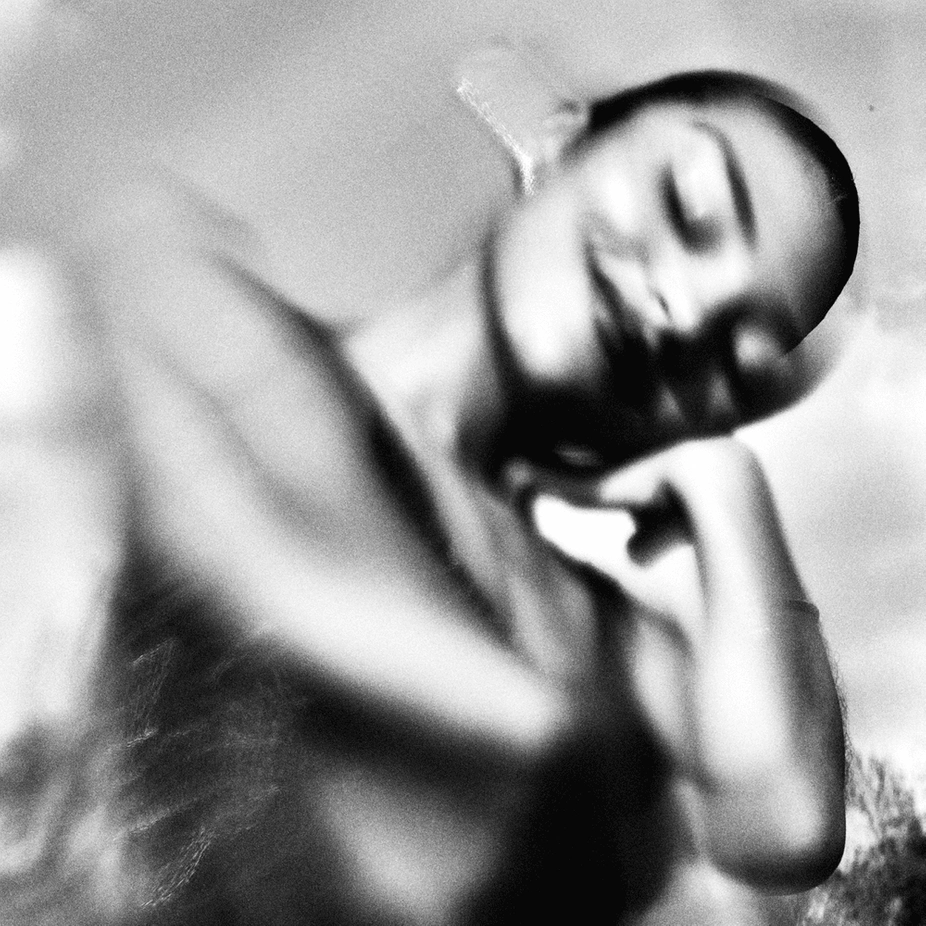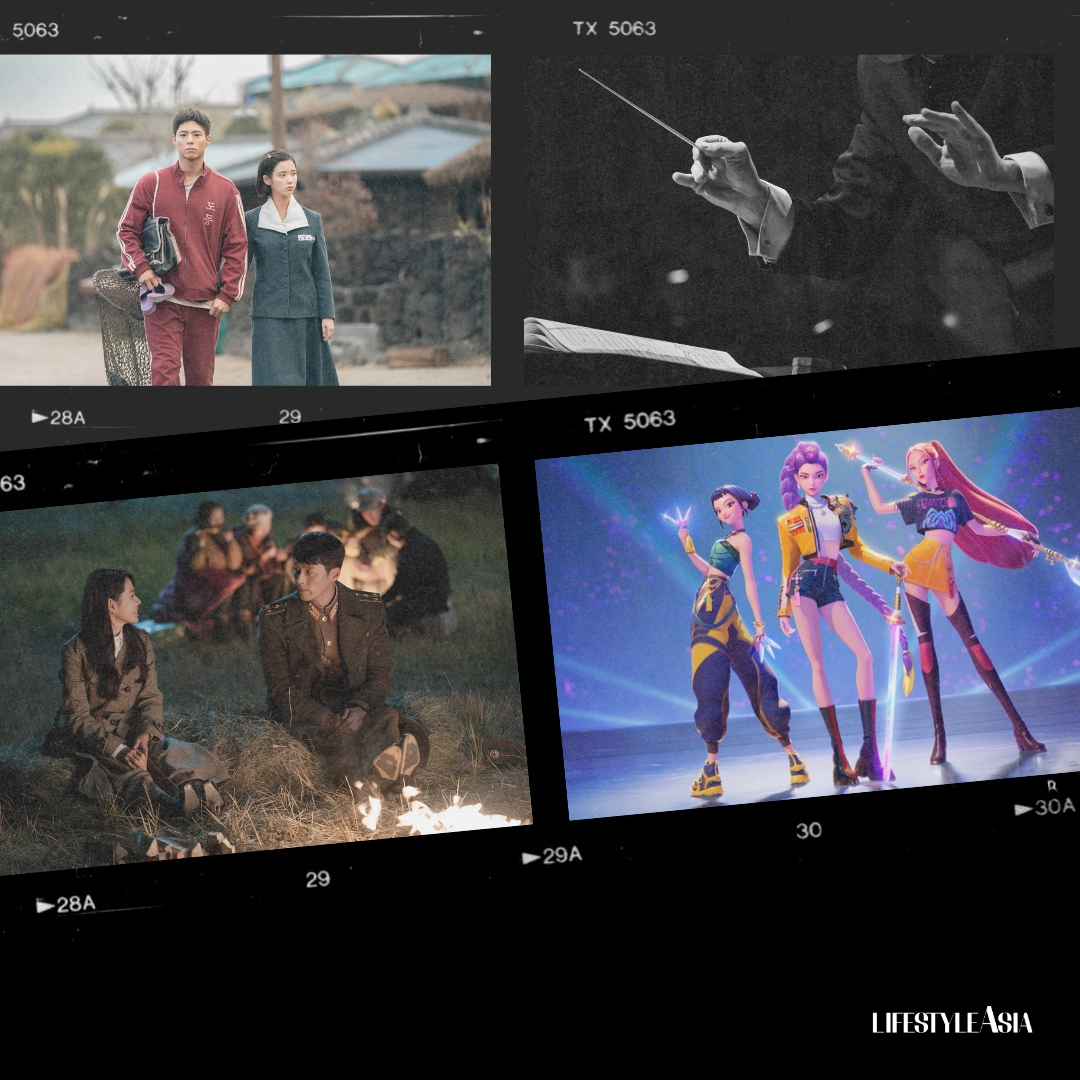From the campy madness of The Rocky Horror Picture Show to the gothic gore of Sweeney Todd, here are five horror film musicals to watch this Halloween.
Horror musicals may be a niche genre, but they’re absolute gems. If you’re not quite up for a full-blown scare this Halloween, consider these five films that strike the perfect balance between eerie and entertaining. Each one is a classic in its own right, featuring unforgettable music, cinematic imagery, and a lasting mark on pop culture that’ll have you rocking out this spooky season.
The Rocky Horror Picture Show (1975)
The Rocky Horror Picture Show was instantly controversial upon its release in 1975 for its frank depiction of sexuality and homosexuality, graphic content, cross-dressing, and subversion of social norms. Though it received dismal reviews, it still managed to garner a massive cult following that has endured for over half a century. It’s now one of the longest-running films in theaters, with Midnight Screenings still happening to this day. In 2025, the rock musical celebrates its 50th anniversary, and it remains among the most beloved films ever made, precisely for the reasons it was once condemned. What was considered scandalous then is now seen as boldly progressive (though it’s worth noting some of its portrayals of the LGBT community haven’t aged well).
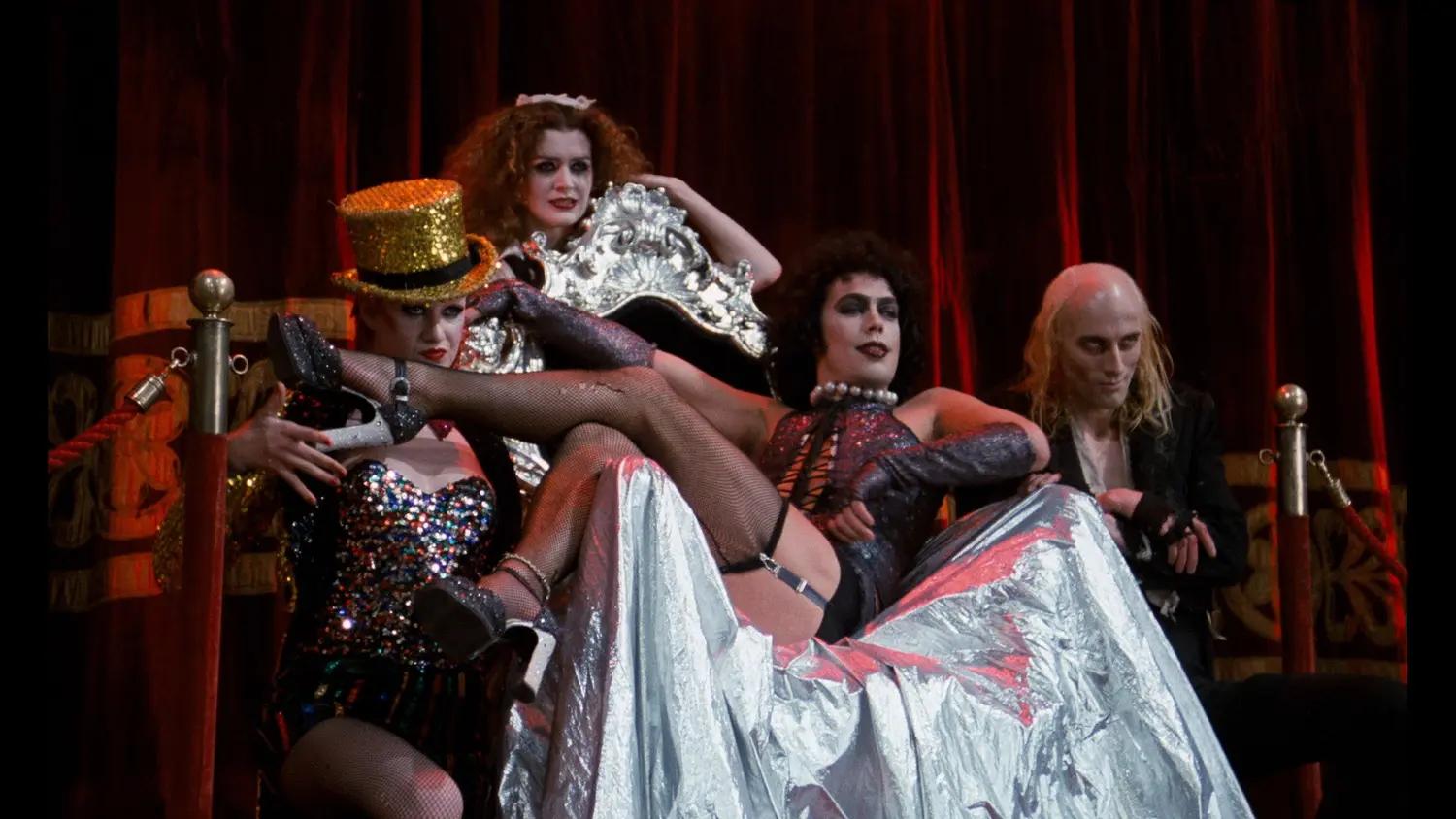
The film stars Susan Sarandon and Barry Bostwick as a newly engaged couple who, after their car breaks down on a stormy night, seek shelter at the castle of Dr. Frank-N-Furter (played brilliantly by Tim Curry), a self-proclaimed “sweet transvestite” scientist from Transylvania. Brimming with unforgettable songs, campy humor, and iconic imagery, The Rocky Horror Picture Show remains endlessly rewatchable, and not only makes for a perfect Halloween screening but also a delightfully chaotic drinking game. Gather your friends and revel in the madness!
READ ALSO: These 8 Musicals Should Be Hollywood’s Next Obsession
Little Shop of Horrors (1986)
Adapted from Roger Corman’s 1960 comedy-horror B-movie The Little Shop of Horrors, the stage musical went on to become an off-Broadway sensation. It’s often credited with catching Disney’s attention, leading to the hiring of its songwriting duo, Alan Menken and Howard Ashman, who would later create the beloved songs for The Little Mermaid(1989), Beauty and the Beast (1991), and Aladdin (1992). Their success would eventually launch what’s now known as the Disney Renaissance.
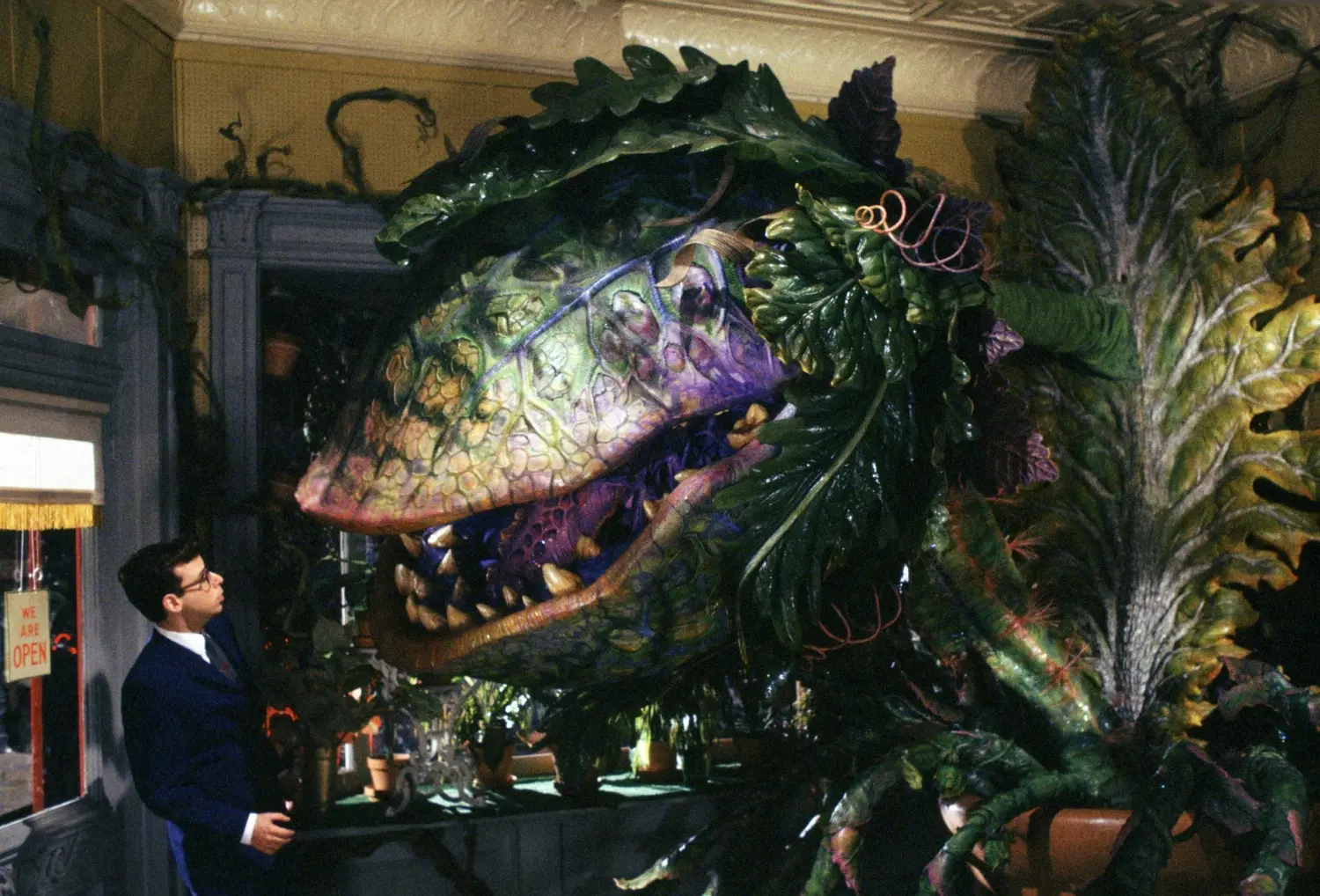
While the 1986 film adaptation of Little Shop of Horrors isn’t as widely recognized or celebrated as those Disney classics, it’s brilliant in its own right. The film boasts a wickedly clever score (including bangers such as “Suddenly Seymour”); fantastic performances across the board (Rick Moranis and Ellen Greene were frankly robbed of Oscar nominations); and astonishing practical effects that have stood the test of time, still outshining much of today’s CGI.
The story follows Seymour Krelborn (Moranis), a meek flower shop clerk who discovers a peculiar Venus flytrap during a solar eclipse. Hoping the plant might somehow help him win the affection of his co-worker Audrey (Ellen Greene), he takes it home—only to learn that his discovery, which he names Audrey II (voiced by Levi Stubbs of The Four Tops), survives solely on blood. As Audrey II grows larger and hungrier, Seymour is torn between his newfound success and the mounting horror of what it costs him.
The Nightmare Before Christmas (1993)
The Nightmare Before Christmas is a cultural landmark in animation, featuring breathtaking stop-motion work that made audiences truly recognize the medium as a serious art form. The story follows Halloweentown’s Pumpkin King, Jack Skellington, who grows weary of his routine of scaring people. When he stumbles upon the joyful Christmastown, Jack decides to kidnap Santa Claus and assume his role, giving director Henry Selick and his team endless opportunities to showcase their extraordinary creativity.
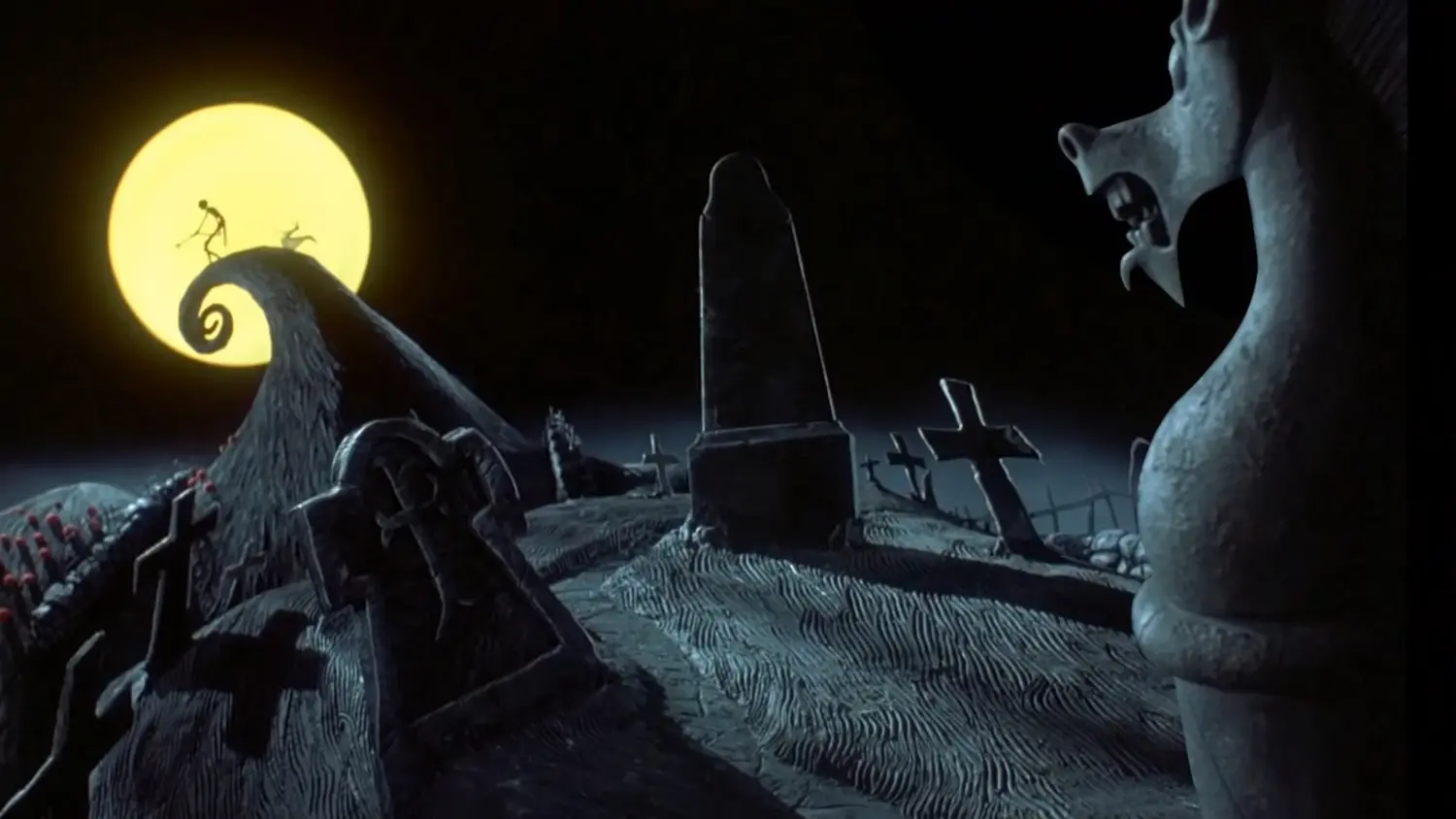
The production was famously meticulous. Jack Skellington alone had around 400 different heads created just to capture his full range of emotions. The result is a visual masterpiece filled with brilliant clay characters, a hauntingly beautiful Danny Elfman score, and a bittersweet story about self-acceptance and identity. The Nightmare Before Christmas went on to earn over $100 million worldwide against a modest $18 million budget, astonishing studio executives and ushering in the modern era of stop-motion animation in popular culture.
The Phantom of the Opera (2004)
When The Phantom of the Opera film adaptation was announced, the world was abuzz. It was (and remains) one of the most successful and beloved stage musicals of all time, so an official adaptation blessed by Andrew Lloyd Webber himself was a major event. Unfortunately, the film didn’t quite live up to the sky-high expectations of critics and fans. Reviews were mixed, with much of the criticism directed at the cast, whose vocal performances struggled to meet the demands of Webber’s famously challenging score. Still, two decades later, Joel Schumacher’s Phantom feels like a forgotten classic: lavish, melodramatic, and visually stunning. With its Oscar-nominated production design, sleek cinematography, and unapologetically operatic excess, it’s pure spectacle.
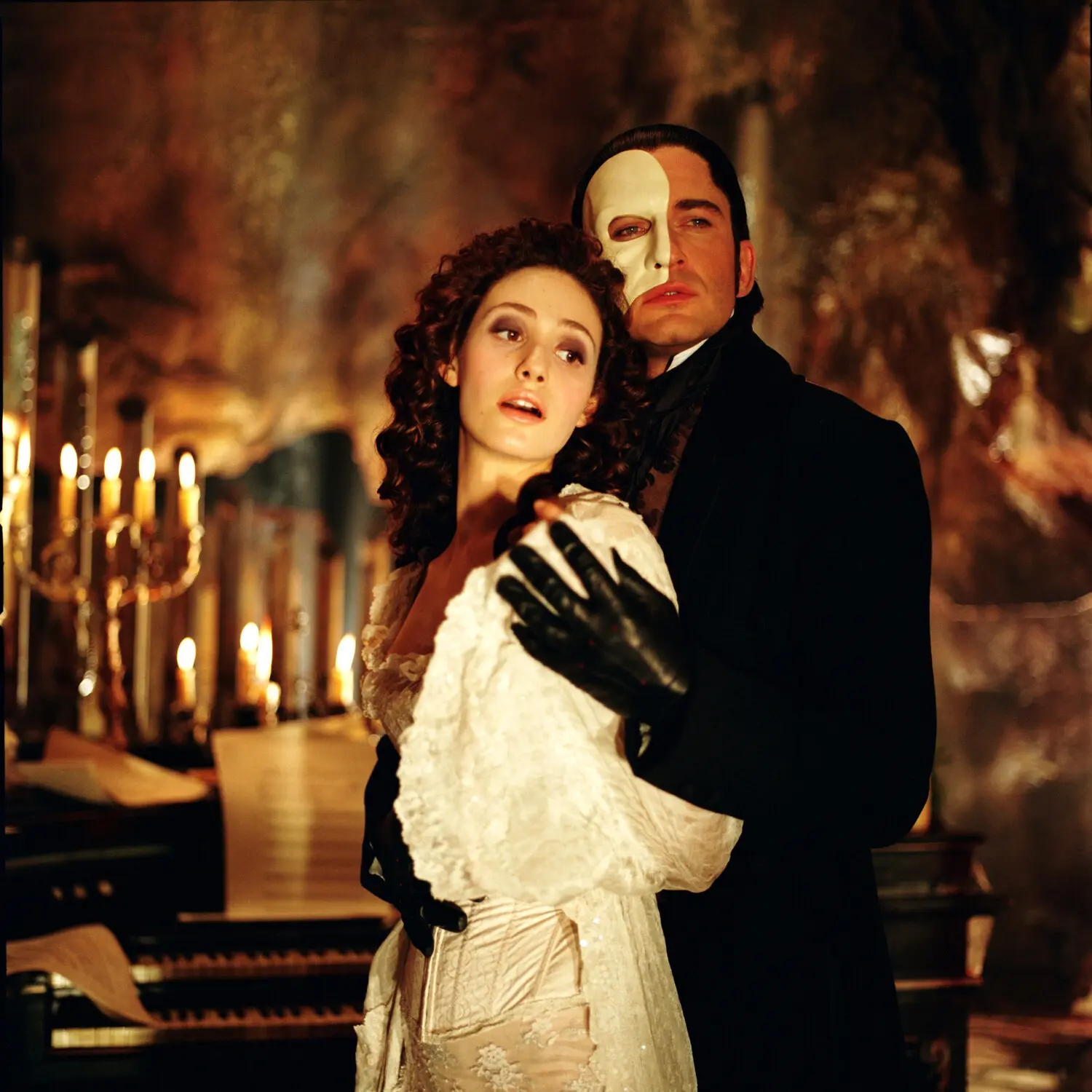
More than anything, we’re grateful the film exists at all. Not only because it immortalized Webber’s magnificent score and story on celluloid, but because, flaws and all, it’s a damn good time at the movies. If you somehow don’t know the story, The Phantom of the Opera follows Christine Daaé (Emmy Rossum), a young opera singer who captures the attention of the mysterious Phantom (Gerard Butler), a tormented genius who lives beneath the Paris Opera House. As his obsession with Christine grows dangerous, things take a turn for the worse when she falls for the handsome young Viscount Raoul de Changy (Patrick Wilson)—something the Phantom simply cannot accept.
READ ALSO: The Sound Of Music: Why The Hills Are Alive 60 Years Later
Sweeney Todd: The Demon Barber of Fleet Street (2007)
Sure, Johnny Depp and Helena Bonham Carter can barely carry a tune, and giving them Stephen Sondheim’s meticulously difficult score for Sweeney Todd was admittedly a strange choice. Yet somehow, the film works. It’s a deliciously dark, blood-soaked romp that holds up just as well today as it did in 2007. Depp stars as the titular Sweeney Todd (formerly Benjamin Barker), who returns from exile to London seeking revenge on the corrupt Judge Turpin (Alan Rickman), the man who raped his wife, stole his daughter, and framed him for a crime he didn’t commit. With the help of the unhinged Mrs. Lovett (Helena Bonham Carter), who bakes Todd’s victims into meat pies, the two unleash a symphony of murder and mayhem across Victorian London.
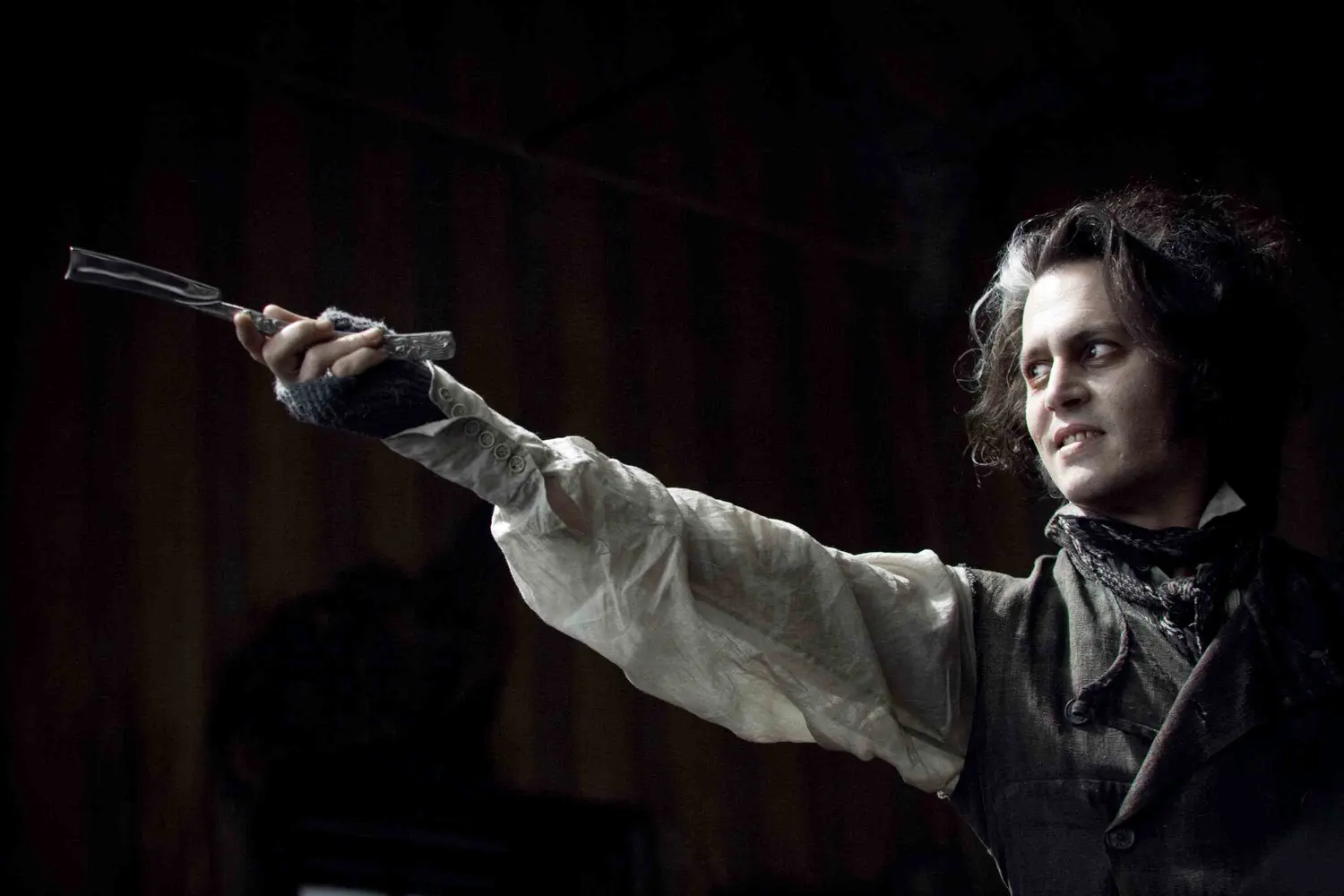
Made at the height of the Burton–Depp creative partnership, Sweeney Todd was both a critical and financial success, earning Depp his final Oscar nomination for Best Actor and winning the Academy Award for Best Art Direction. And while we’d love to see a future adaptation with stronger singers, we can’t deny what Burton and his team achieved here: bringing a classic musical to the big screen with so much gothic flair, visual precision, and macabre pizzazz, it’s impossible to look away. Bottom line: it’s great despite its flaws.
Photos courtesy of Kinorium.com
Featured image courtesy of Polygon.con
